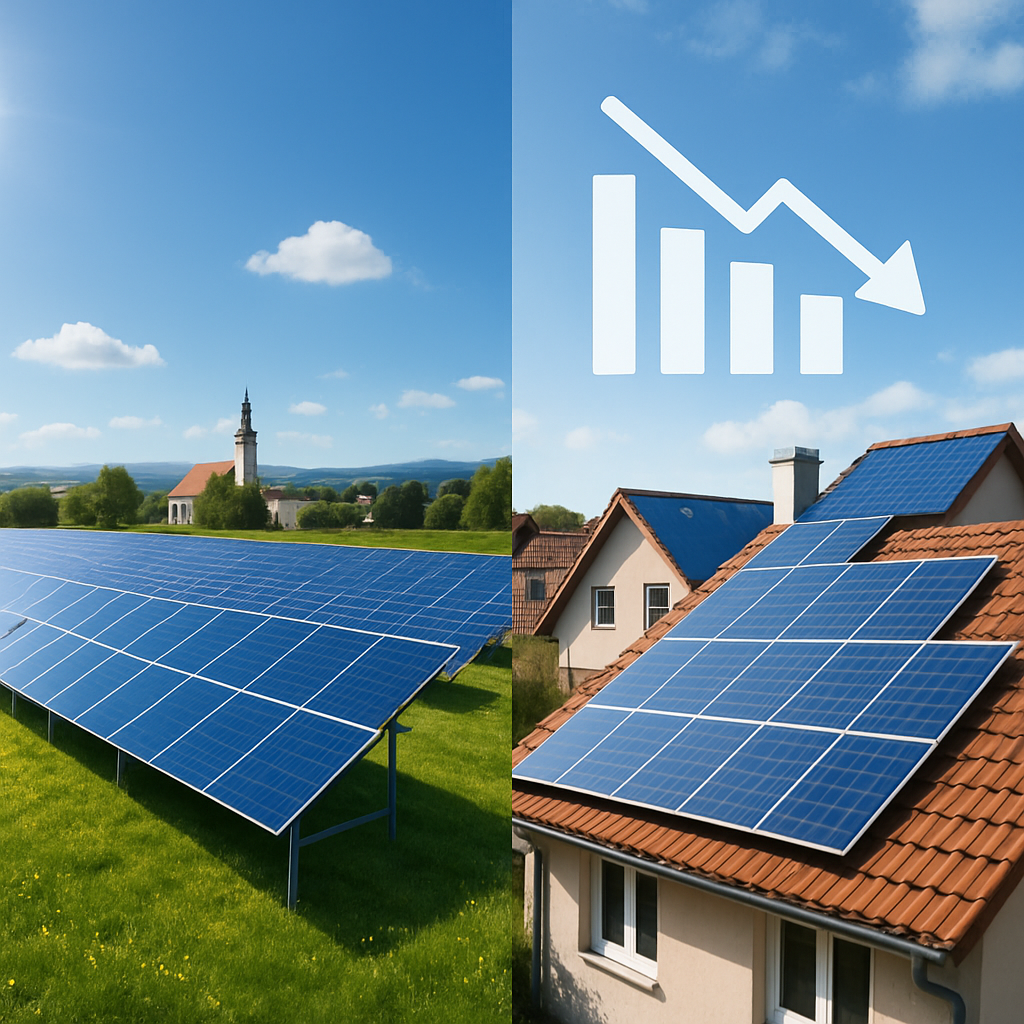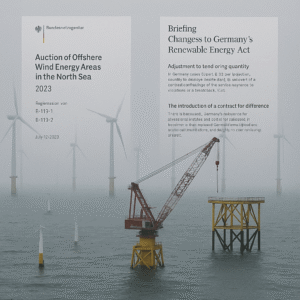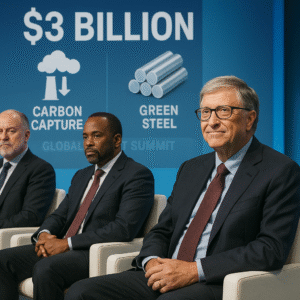The European Union installed 64.2 GW of new solar capacity in 2025, a 1.4 % decrease from 65.1 GW in 2024. This marks the first annual decline in over a decade, largely driven by reduced subsidies for rooftop installations. (Reuters)
Despite the slowdown in growth, solar power produced 22.1 % of total EU electricity in June—making it the largest single source of electricity across the bloc for the first time. (Ember)
Why Growth Fell and June Performance Soared
Subsidy cuts in Germany, France and the Netherlands have led to a sharp drop in residential rooftop solar installations, which are expected to account for only 15 % of new capacity in 2025 compared to about 30 % earlier in the decade. (Reuters)
At the same time, extended sunny weather in June and robust utility-scale solar output pushed generation to 45.4 TWh, exceeding nuclear and wind generation for the month. (Ember)
Broader Trends and Renewables Mix
Through June, clean energy generated a record 6,405 TWh worldwide, accounting for 43.2 % of global utility electricity. Wind and solar each contributed around 9 %, reflecting strong growth in both sectors. (Reuters)
Within the EU, fossil fuel generation rose 13 % year-over-year, due to weaker wind and hydropower conditions earlier in 2025. Solar was insufficient to fully compensate, even at record levels. (Reuters)
Record Month Info and Country Leaders
In June, at least 13 EU countries hit their highest-ever monthly solar generation levels. The Netherlands led with solar accounting for 40.5 % of electricity, followed by Greece at 35.1 % and Hungary above 30 %. (Impakter)
In high-installation countries, six-month panels like utility farms and distributed systems enabled solar to surpass hydro and coal in many regions. (Reuters)
Challenges Ahead for EU Solar Targets
Despite solar’s record month, the slowdown in installations threatens the EU’s 2030 goal of 750 GW of PV capacity. Current projections put total capacity at around 723 GW by 2030, leaving a 27 GW shortfall. (SolarPower Europe)
Governments now face pressure to restore incentives, simplify permitting, and boost energy storage to sustain momentum. Without intervention, rooftop solar may continue to drop off. (Reuters)
Looking Forward
Policymakers must address the capacity gap by reinvigorating support for distributed solar and accelerating grid upgrades. Battery storage and demand flexibility will be critical as solar increasingly dominates daylight generation. (Reuters)
Meanwhile, the record solar share in June highlights what effective deployment and favorable conditions can achieve. The challenge is to translate this peak into sustained growth amid shifting policy landscapes. (Ember)
Sources: Reuters (EU solar slowdown), Ember (June solar share), Reuters (global clean energy update), Reuters (fossil fuel rise), Impakter (country solar records), SolarPower Europe (market forecast)




